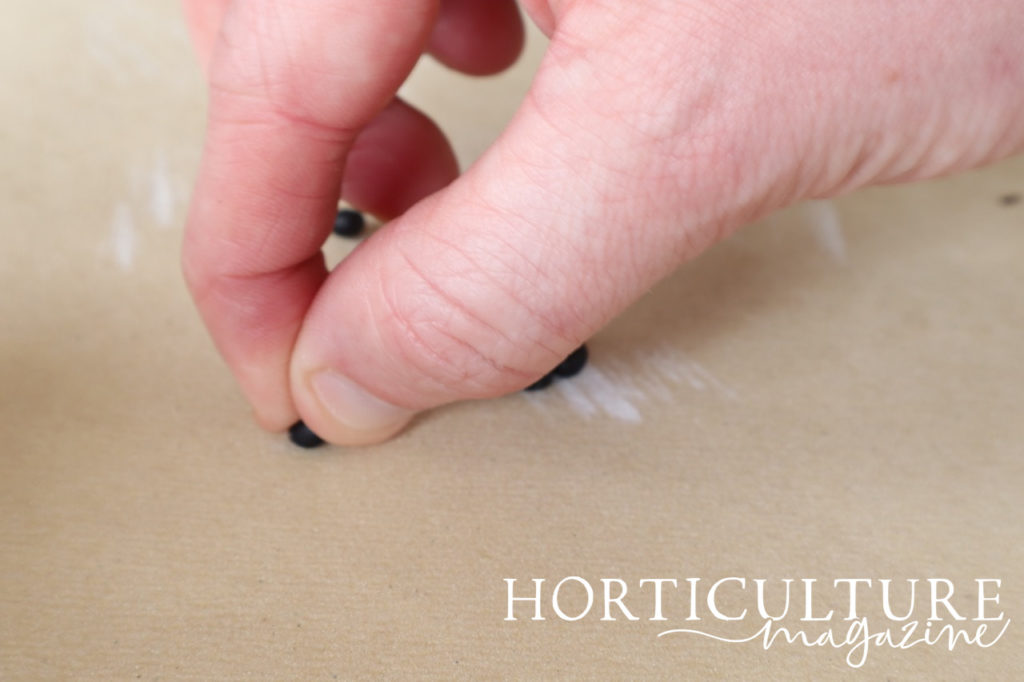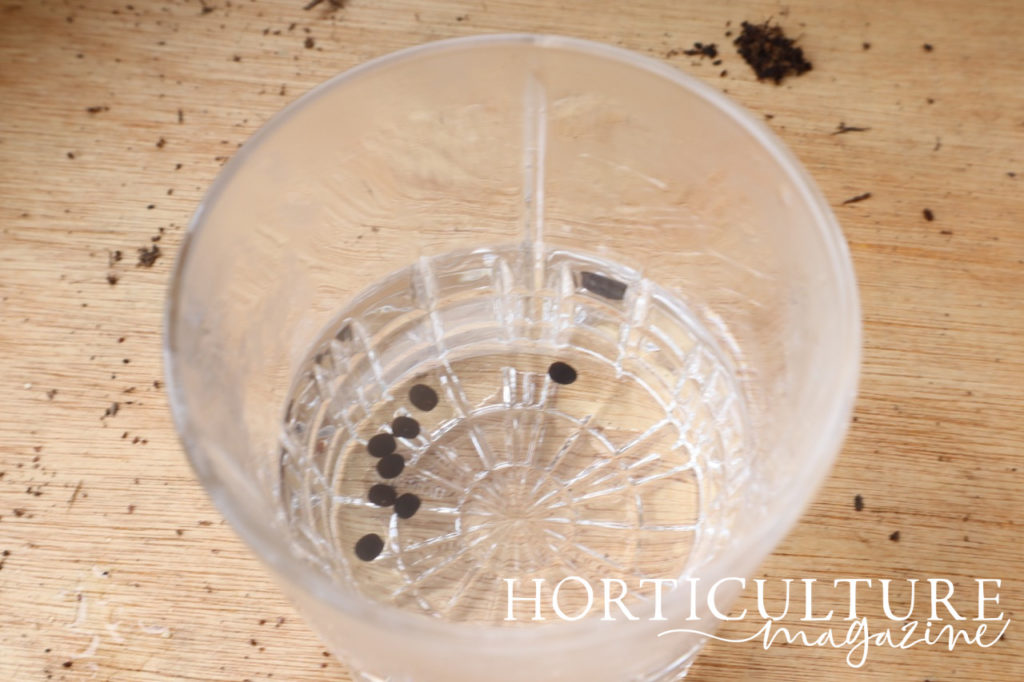Sowing Canna Lily – Scarify Twice As Many Seeds As You Would Like To See Germinated

PERENNIALS > CANNA > SOWING
Reviewed By DAN ORI

Dan has over 27 years’ under his belt caring for plants and gardens. Working as a Horticultural Instructor and Consultant, he draws on a diverse range of experience that includes working as a Head Gardener, Tree Surgeon, Garden Centre Trouble Shooter, and writer of academic papers. Dan has a Level 3 Diploma in Horticulture and is currently a candidate for the RHS’s most prestigious award – The Master of Horticulture.
Contributions From EMILY CUPIT

Emily is a Gardening Writer, Photographer and Videographer from Derbyshire, UK. She is the Founder of Emily's Green Diary - a community of more than 75,000 people who share in her gardening journey.

As the Founder of Botanico, an online plant supplier that specialises in rare and tropical plants, Will Purdom is one of the youngest nursery managers in the UK. In 2021, he won eBay’s Young Upstart Award. He is also the holder of the national collection of Busy Lizzies. Will trained at The Royal Botanic Garden Edinburgh.
IN THIS GUIDE
CANNA GUIDES
Container Growing
Division
Growing From Seed
Overwintering
Pruning
Cannas, frequently called ‘Canna Lilies’, are tropical plants with brilliant green foliage that can only be described as profuse and plush.
Though seekers of rich green shapely foliage would be enamoured of Cannas, so too would those who prize large flowers – which have curved and curling petals and are frequently found in vibrant shades of the warm spectrum from yellow through red, and are often bi-coloured.
Cannas are almost always sold as rhizomes or potted plants.
Seeds will be hard to come by because these plants do not grow true from seed, for which reason, plants grown from seeds have unpredictable flowers that are sometimes even more striking.
However, if you have collected seeds from your garden Cannas or obtained them from a friend, you can certainly grow new plants from seed.
“Cannas are good to sow because they are easy, look exotic and you usually get a flower in the first year,” shares Exotic Plant Expert Will Purdom.

Canna seeds are smooth, black and round, as if shiny peppercorns.
I grew Cannas from seed earlier this year and I must say it does have a couple of drawbacks:
- First, the plants will only flower in their second or third year.
- Second, the seeds are ‘armoured’ so they have to be prepped in some way – scarified, soaked, or even boiled before they can be sown.
But you can do it – we spell out a straightforward process for growing Cannas from seed:
- Scarify seeds and drop them in water.
- When the seeds germinate, sow them in small pots.
- Place the pots indoors in a warm and sunny spot.
- Water the little plants regularly.
- After six to seven weeks, transplant the young plants.
This process is explained in more depth below –
Canna seeds should be prepped about eight weeks before the last expected frost.
Prepping is necessary, otherwise seeds will not germinate.
| Difficulty | Medium |
| Equipment Required | Container (bowl, pot, tumbler, etc.), small carpentry file or Swiss Knife file, hand spade or trowel, watering can |
| When To Sow | About seven weeks before the last expected frost – mid-February in most UK regions |
| When To Plant Out | After the last frost and when the soil has warmed up – April in most UK regions |
1) Scarify The Seeds

Using a carpenter’s hand file or a Swiss Knife file, scarify the seeds by filing their hard coats (the testa) on one side until the underlying white part (endosperm or embryo, depending on which side you are filing from) is clearly visible.
I didn’t actually have much luck using the sandpaper method so I had to place the seeds in a glass of boiling water (yes, they are that tough!).

Scarify about twice as many seeds as you would like to see germinated – about half of mine were too tough, even for boiling water!
2) Put Seeds In Water

Drop the scarified seeds into a container of warm water and leave them there for about 48 hours.
3) Monitor For Germination
From 48 hours onward, keep checking the seeds to see which ones have germinated.
You know a seed has germinated if you see a tiny whitish thing (the cotyledon) emerging from the top.
4) Prepare The Pots
Put potting soil with compost or any rich and fertile soil in one- or two-litre pots.
Pots must have drainage holes; water so as to make the soil moist throughout.
5) Sow The Seeds

Sow germinated seeds such that the emerging white cotyledon and just a bit of the seed is above the soil, and water moderately.
Discard seeds that have not germinated after five days of soaking.
6) Site The Pots
Site the pots in a room where they will get full sun and where the temperature is 18-23°C.
7) Watering
Water every two days or so with the aim of keeping the soil moist.
8) Transplanting The Plants

After six to seven weeks the young plants can be transplanted to their final location.
This could be an appropriately-sized (i.e. big) container or an outdoor bed after the last frost and when the soil has warmed up to 10°C (or more).
The frequency of watering should gradually be reduced but when you do water, be sure to give these plants an ample quantity.
Aftercare
Be aware that you can keep Cannas outdoors year-round only in the coastal and warmer regions of the UK.
In other regions you will have to dig up the rhizomes and overwinter them indoors; otherwise plant Cannas in containers so that they can be brought into the house.

